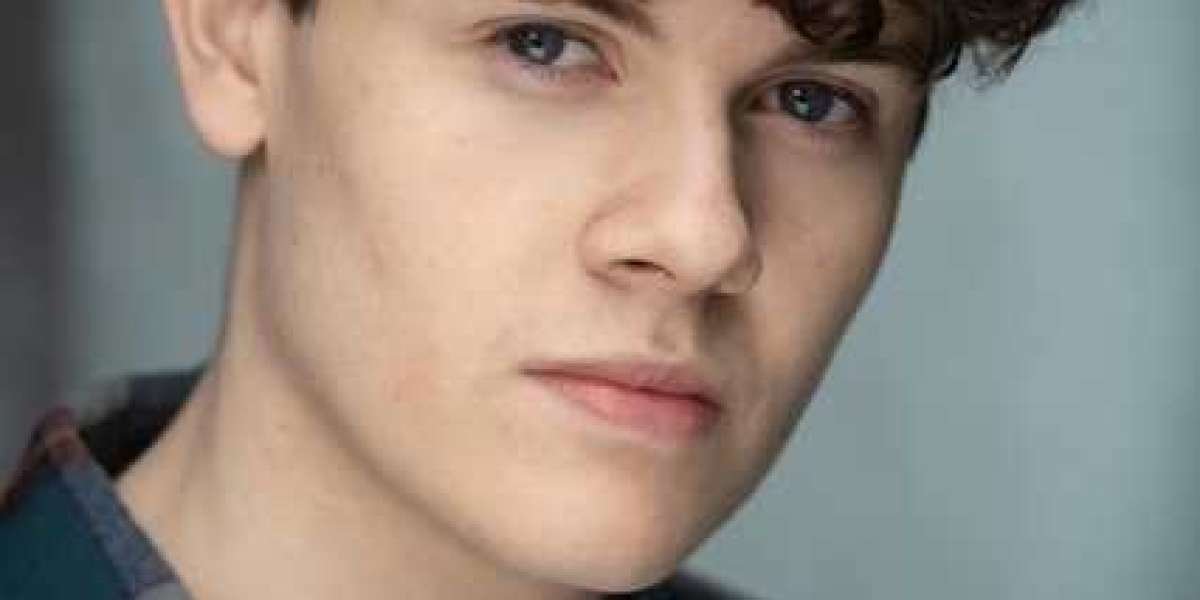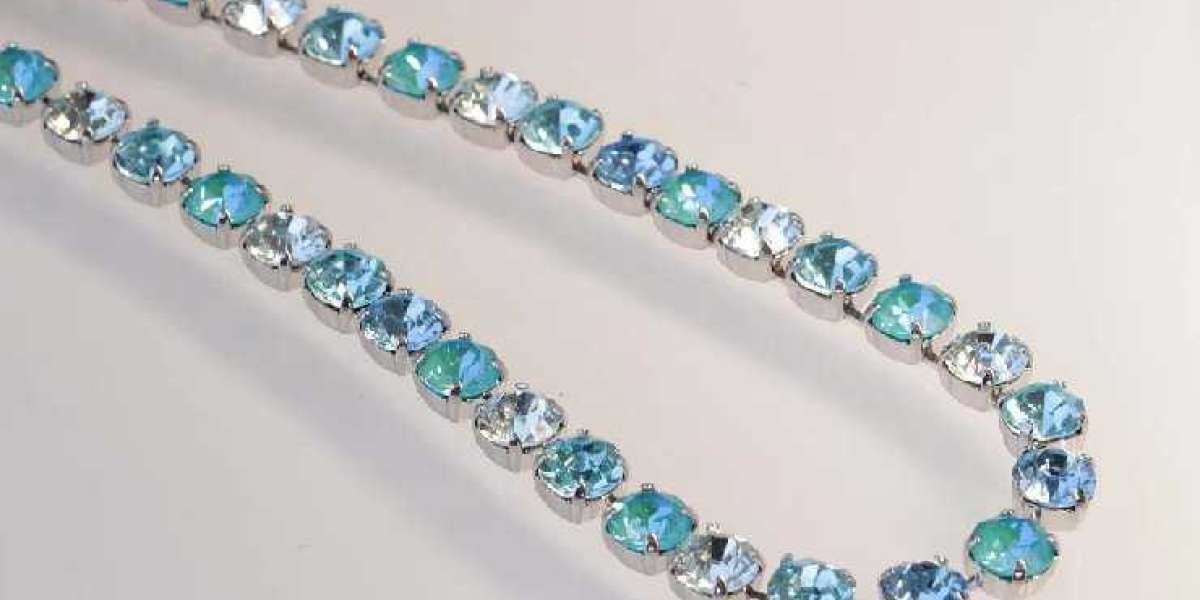where hair is either nonexistent or sparsely distributed. involves removing individual hair follicles from the skin and transplanting them to a region of the body where hair is sparser or nonexistent. The treatment known as follicular unit transplantation (FUE) has gained greater popularity than FUT and the advantages it offers have made many individuals choose FUE hair transplant in Mumbai. Utilizing micropunches, surgeons can remove and relocate individual follicles with nearly no visible scarring. Let’s learn in detail about FUE and its related factors.
What is Follicular Unit Extraction (FUE)?
In follicular unit excision (FUE) hair transplant, individual follicular units of natural hair clusters are grouped in groups of one to four hairs each, which are removed from the back of the head, the beard, and other body regions. The transplanted hair is then usually placed back into balding scalp areas or other body regions as needed for aesthetic purposes. Micropunches ranging in size from 0.7 to 1.2 mm are utilized in FUE to extract these follicular units. There are three types of micropunches: robotic, motorized, and manual.
What is FUE FUT?
FUE and FUT are two basic ways of extracting hairs used in hair transplant surgery. FUE has previously been discussed. The older, more conventional method of removing hair from the scalp is called FUT (follicular unit transplanting) or LSE (linear strip excision). Follicular unit transplant, or FUT for short, is harvesting a linear strip of tissue, including skin and hair follicles, and closing the donor incision with staples or sutures. The strip of tissue needs to be carefully dissected into individual grafts by trained technicians before being transplanted. The recipient area of the scalp is then filled with these individual grafts. Unlike FUE, FUT leaves a linear scar.
What are FUE Hair Transplant Advantages?
A patient should be informed that FUE has various unique benefits.
- Even though FUE is not scarless, there is no linear scar.
- With no linear scar to worry about, a patient can afford a more closely cut hairstyle.
- Compared to FUT, FUE offers a quicker recovery.
- In comparison to FUT, many patients have also experienced decreased postoperative pain with FUE.
- FUE makes it possible to harvest in non-scalp areas like the chest, beard, etc., where FUT would not be permitted because of obvious linear scarring.
What are the Steps in the FUE Procedure?
The basic elements of the process are the following:
- Describe the Donor and Recipient Locations
Any hair transplant surgery begins with a review of the patient’s goals and an outline of the donor and recipient areas, including the donor and recipient’s hairline design.
- Administering Anesthesia
The patient is then given anaesthesia to numb the scalp to begin the treatment. To further improve patient comfort during the treatment, some surgeons prefer to sedate patients orally, intramuscularly, or intravenously.
- Setting Up Recipient Locations
If the surgeon plans to create recipient sites (the slits where the grafts will eventually be inserted) first, the surgeon usually takes a few grafts from the donor site to make sure the grafts will fit the recipient sites before creating those sites.
Note: Not all surgeons will choose to create the recipient sites before obtaining the donor grafts.
- Harvesting Grafts
The surgeon will next plan the quantity of donor hair transplants to be harvested based on the number of recipient sites created. Once more, some surgeons would rather harvest the grafts first than create recipient sites using the quantity of grafts extracted.
- Placement of Grafts
Lastly, qualified personnel most typically insert donor hair transplants into the recipient areas. Appropriate angles and orientations are used when placing hair grafts, essential for giving one’s hair the desired aesthetic appearance. This is a very precise and experienced step.
- What Does FUE Recovery Look Like?
FUE healing is frequently less painful and occurs more quickly. Most of the time, a shaved donor area is used during FUE procedures. Tiny scabs will grow in donor and recipient locations until they are carefully removed, usually one to two weeks later. Most patients return to their “invisible” state once the grafts fall out and the scabs come off from their transplanted hair. Hairs grow roughly 1 cm each month, so it takes many months at the very least and frequently a year or more for the entire effect to show. It is vital to follow the recommendations provided by the surgeon one selects.
Consult for the Best Hair Transplant in Mumbai
One can get the most effective hair transplant in Mumbai at an advanced hair transplant clinic, Harleys Clinic. Dr. Sumit Agrawal will assist one in regaining their desired young appearance and hairline. Please be aware that the hair transplant surgeon always determines the most appropriate approach for each patient. Visit Harleys Clinic now!













